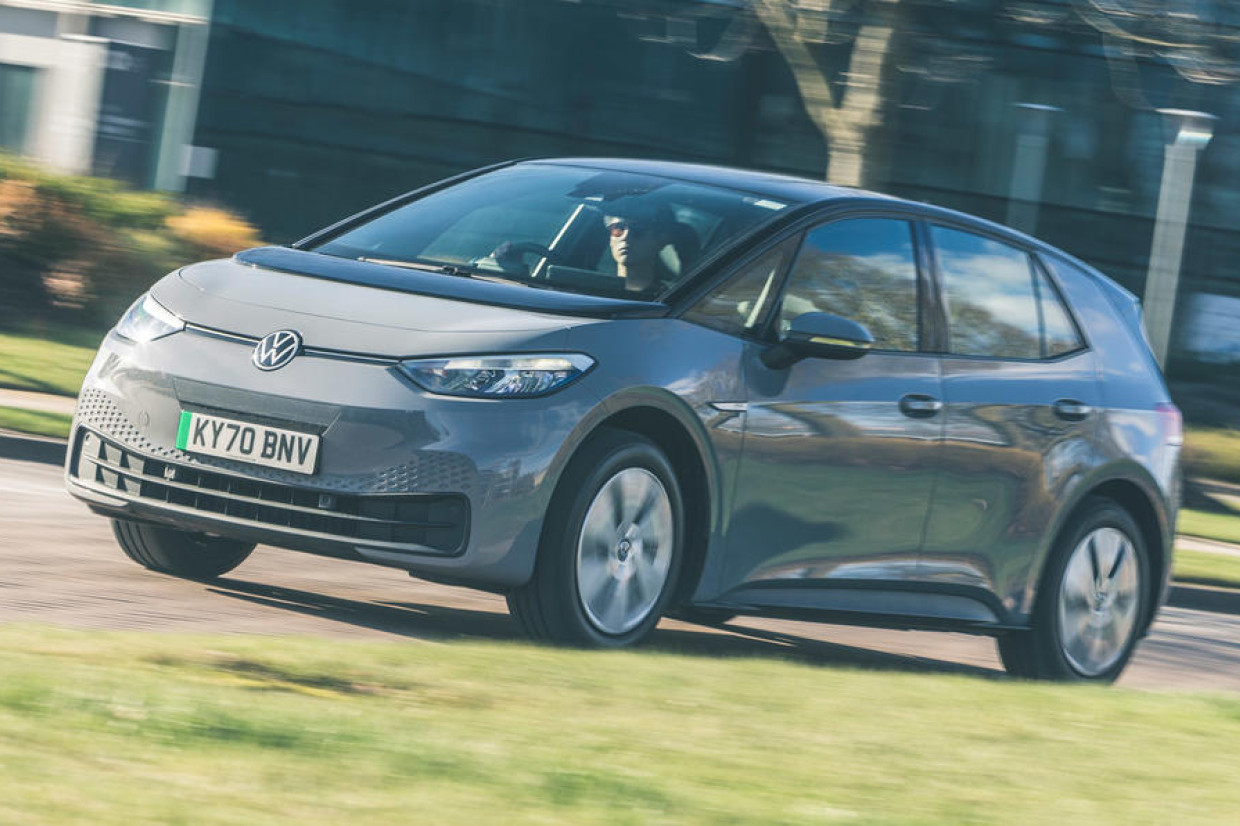
Move Electric verdict: four and a half stars out of five
Sell it to me in a sentence….
Boldly styled, spacious and with a wide range of battery and motor options, the ID3 is VW's impressive attempt to create a zero emissions family car that’ll prove as popular as the evergreen Golf and Beetle models that made the company a high street staple.
That’s quite a responsibility, is the ID3 up to it?
The quick answer is ‘yes, absolutely’. Like many of the latest family-sized EV models, the ID3 isn’t based on an existing internal combustion-engined car, but on an all-new and bespoke structure. This has allowed VW to do away with all the usual engineering compromises to create an attractive, spacious and comfortable family car.
Much like the Beetle that made the company famous, the ID3’s motor is at the rear and drives the rear wheels, while the lithium ion battery lives under the floor. All this means that there’s more space given over to the interior, which is impressively roomy for a car of this size
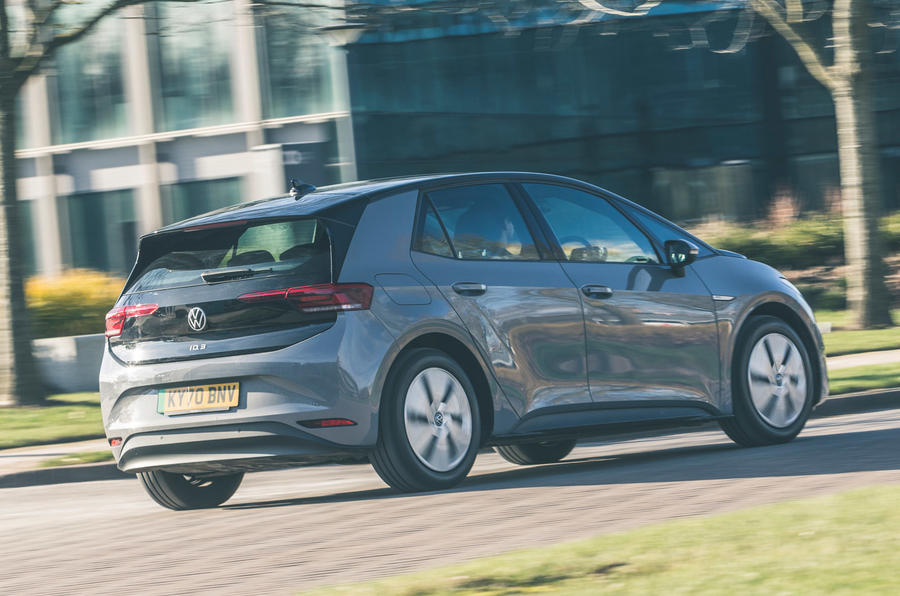
There are also a number of battery options to choose from and power outputs for the motor, plus myriad trim levels available. Put simply, there should be an ID3 for every taste and budget.
Plenty to take in then. What are the highlights?
Well, for starters VW’s clean sheet approach to the design means the ID3 looks and feels rather futuristic compared to more traditional family cars. It’s attractively angular exterior design really stands out on the road, while the big windows not only make it easier to see out of, they let lots of light in to create a bright and airy atmosphere.
Inside, VW has taken a cool minimalist design that brings to mind expensive and modern loft apartments. There are lots of light colours, while buttons and dials are kept to minimum, with most major functions controlled by the slick 10-inch touchscreen infotainment screen.
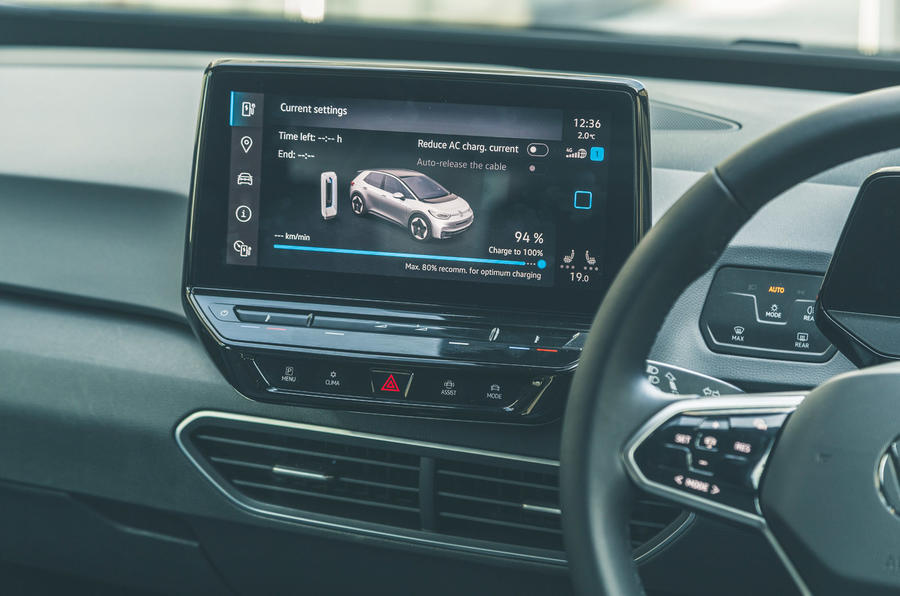
There are some neat design touches as well, such as the accelerator marked with a ‘play’ logo and the brake pedal with a ‘stop’ symbol, while cool ambient lighting bathes the interior at night. Also, the gear selector is mounted on the steering column, which in combination with the flat floor frees up space for loads of useful storage, such as cup holders and a deep storage area - you won’t have enough phones, wallets, keys or packets of biscuits to fill it.
Like all electric cars, the ID3 is also a doddle to drive, the instant shove of power from the near-silent motor and the absence of clunky gear changes resulting in smooth and zippy acceleration. Visibility is excellent and the steering is light and precise, allowing the VW to scoot through corners in a planted and confidence-inspiring manner. It’s quiet and refined too, usually delivering you at your destination as relaxed as when you started. There's nothing scary or different here, just a hassle-free and effortless family car driving experience.
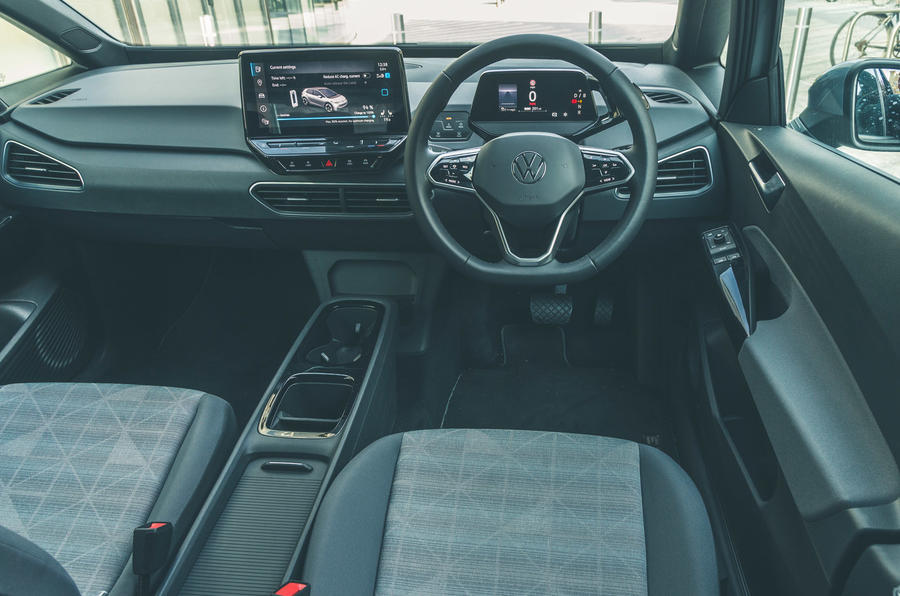 Okay, what about all those battery and motor options? Give me some stats.
Okay, what about all those battery and motor options? Give me some stats.
There’s a choice of three battery sizes available with the ID3, each aimed at different types of uses and mated to a different electric motor output. Right, take a deep breath because this could take a while….
The smallest and least costly option is the 45kWh lithium ion pack that’s none as the Pure Performance option, which despite its racy sounding name is intended for those doing mainly shorter hops, usually around town. That said, it's claimed 217 mile range is not to be sniffed at, even if it falls short of the cheaper, but less practical Renault Zoe’s figures. You can only have this battery with a 148bhp motor.
Next up is the Pro option, which pairs a 143bhp motor with a larger 58kWh battery for a handy range of 263 miles. Next up is the Pro Performance that features the same output lithium ion battery but mates it to a more powerful 201bhp motor. Still with us? Good.
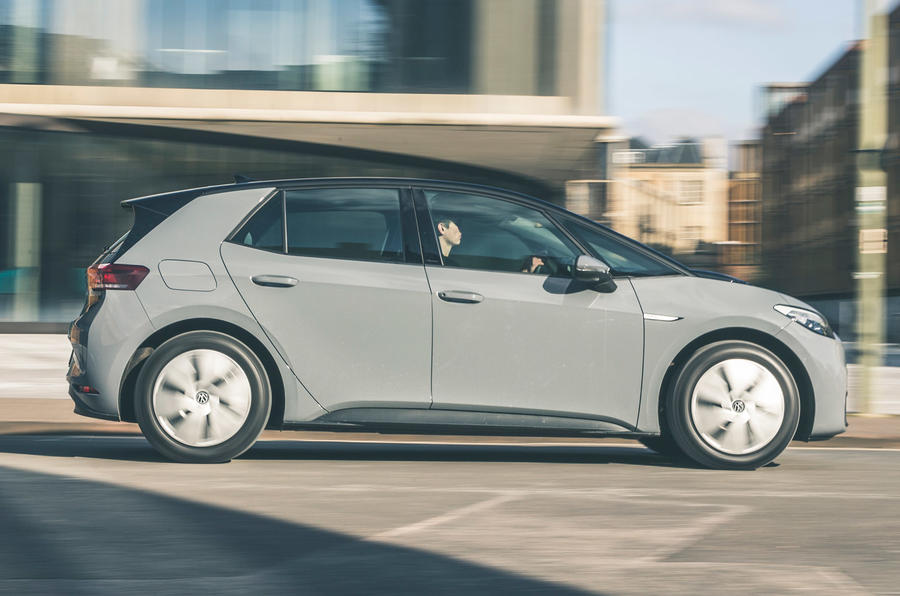
Sitting at the top of the range is the Pro S, which combines that more powerful 201bhp motor with a much larger 77kWh battery that claims an impressive 336 miles between recharges, meaning it's clearly aimed at entry-level versions of the Tesla Model 3.
In terms of charging, the bigger the battery the longer it’ll take, which is fairly straightforward. Use a 7kW home wallbox charger and the smallest 45kWh battery will be replenished in seven hours, while you’ll have to wait 12 hours for the 77kWh model to be at 100 percent.
An 11kW onboard charger is standard on all battery sizes apart from the Pure Performance (which can have it added at extra cost) allowing charging on a three-phase supply, reducing charging time to six hours for the 58kWh battery and eight hours for the 77kWh.
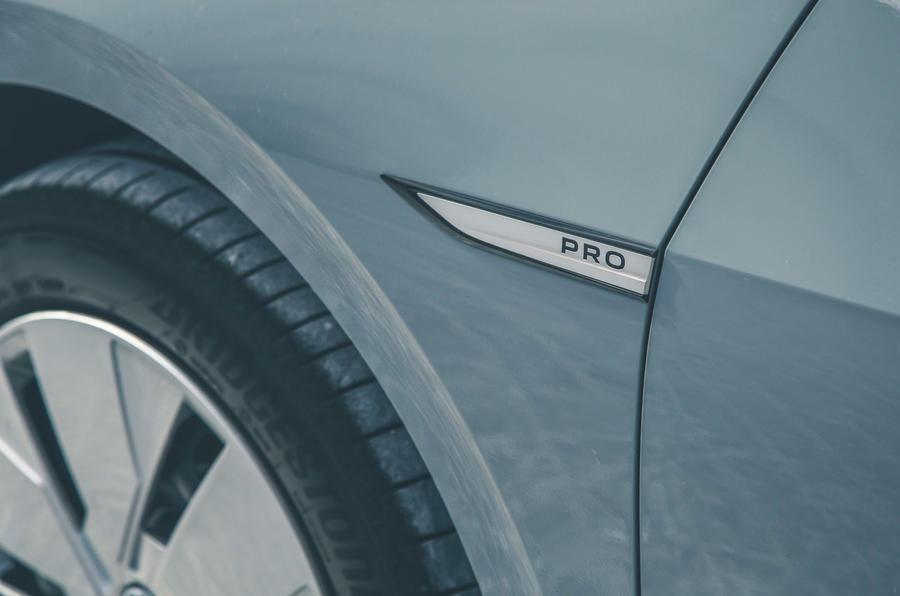
Happily all battery sizes will accept rapid charging DC CCS charging, with up to 100kW possible (125kWh for the range topping Pro S model). This allows even the big battery to be zapped back to 80 percent charge in as little as 40 minutes.
All ID3s feel more than quick enough in real world terms, withe even the entry-level 143bhp motor having enough instant poke to give hot hatch owners food for thought. For reference though, the ‘slowest’ version requires a brisk 8.9 seconds to dash from standstill to 62mph, while the 201bhp motor will be done and dusted in 7.2 seconds.
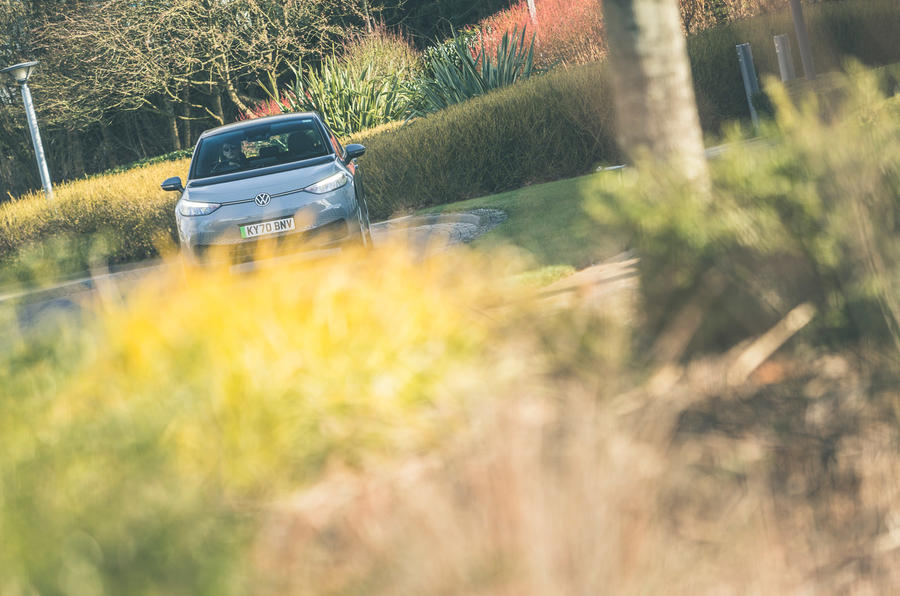
Anything else I need to know?
Well, it’s worth bearing in mind that it can all get a bit confusing once you get down to details with trim levels and specifications. On top of the different battery names (Pure Performance and all that) you’ll have to get your head around the lengthy list of models, not all of which are available with the same combination of battery and motor.
We’ll try and keep it simple here, but effectively there’s a choice of Life, Style, Family, Max and Tour models, plus the limited run Business and Tech. Effectively, they sort of do what they say on the tin and feature an array of equipment that’s best suited to the sort of person buying them.
What you really need to know, however, is that they all come fairly generously equipped, with that big touchscreen, LED headlamps, air-conditioning and an array of voice controlled functions. And of course Apple CarPlay and Android Auto are included, as well as a host of connected services, from live traffic updates to remote charging.
There’s also a EuroNCAP five star safety rating thanks to the standard autonomous emergency braking, adaptive cruise control and lane keep assist.
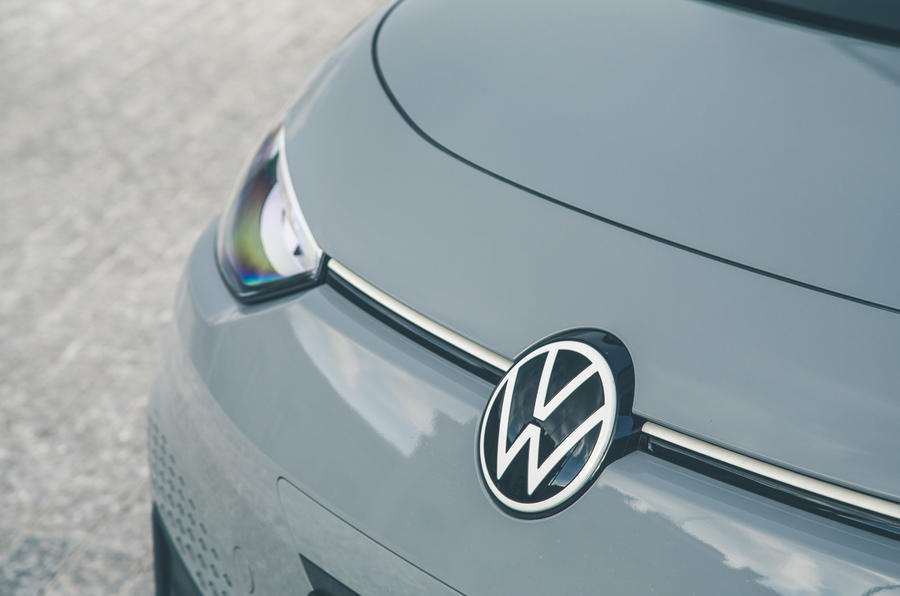
Keep in mind, however, that the Government’s £2500 plug-in car grant only applies to vehicles under £35,000, so the pricier ID3 models don’t qualify.
Any niggles I need to be aware of?
It would be a bit much to expect perfection, and in fairness VW hasn’t delivered it. Even so, we’re splitting hairs here, but you did ask.
First up, that infotainment system looks great, but it can be a fiddle to use on the move. Cheaper models such as the Renault Zoe and Kia e-Niro have faster acting and more intuitive set-ups, while VW’s insistence on putting so many functions on the screen (such as the air conditioning controls) makes some simple operations more frustrating than they should be.
And while the interior looks great, it’s perhaps not up to the high quality standards you’d expect from VW. It’s robustly built, but there are a few too many hard and scratchy materials on show, which is fine on the least expensive models, but a bit difficult to swallow on the near £40,000 range topper.
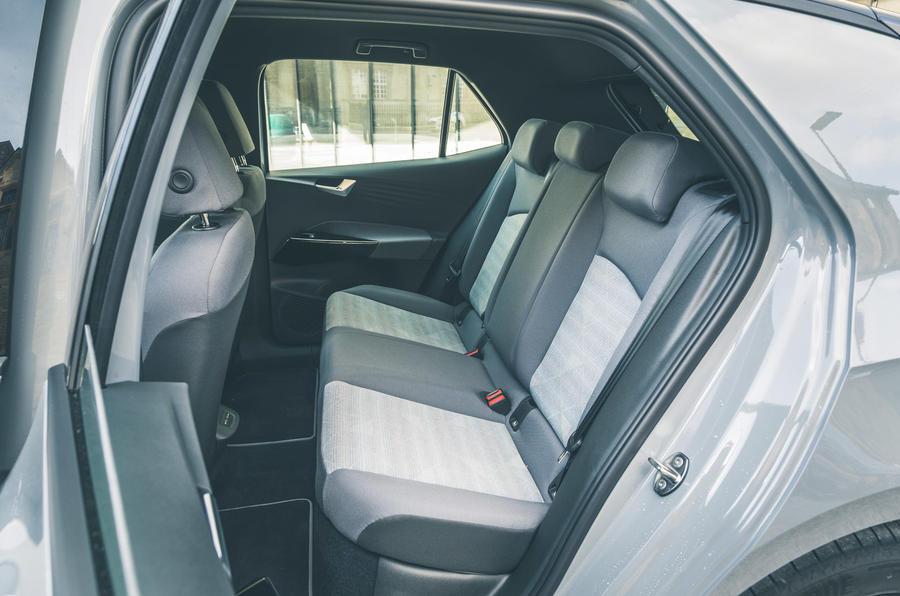
Any other cars I should be considering?
The ID3 has been aimed at both mainstream models such as the Nissan Leaf and even MG5 as well as the lower rungs of the ladder of more premium offerings, including the Tesla Model 3 and Polestar 2. It’s certainly a better option than the first two, but the faster, roomier and longer range Tesla and Polestar are maybe a stretch too far.
You could also consider more rugged SUV options, with the Kia e-Niro and slightly smaller Peugeot e-2008 in the frame.
And don’t forget the closely related in-house rivals, the Skoda Enyaq and Cupra Born, both of which wrap the same batteries in motors in more practical and sporty clothes respectively.
Verdict
A lot was expected of the ID3 when it was first revealed, and overall it doesn’t disappoint. Handsome, spacious and easy to live with, it also offers buyers a wide range of trims and battery options. It’s not exciting to drive and there are some niggles, but as a 21st century electrified Golf replacement it's bang on the money.
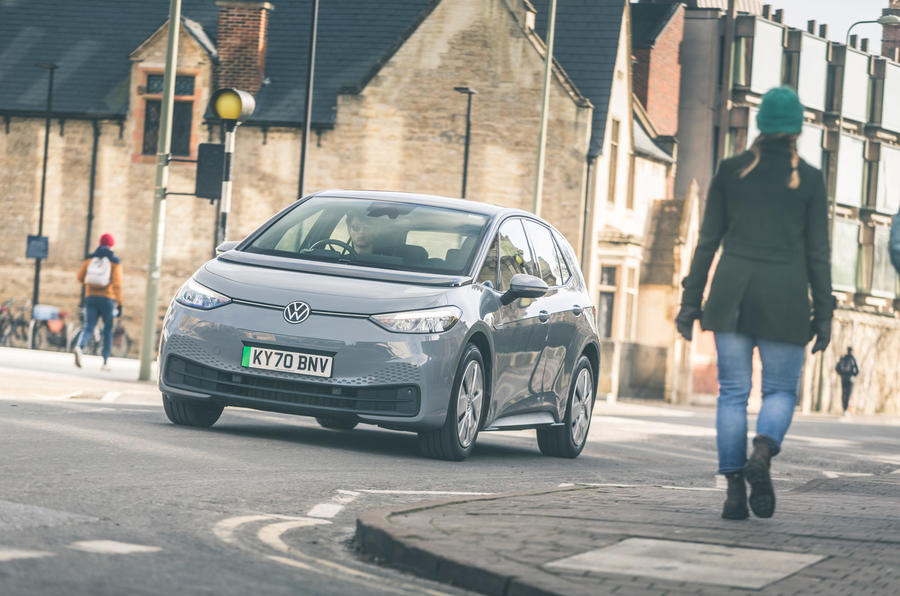
VW ID3 specification
Motor: Electric permanent magnet synchronous
Gearbox: Automatic
Driven wheels: rear
Maximum power: 201bhp
Maximum speed: 93mph
0-62mph from 8.9-7.2secs
Electric range (official) 215-336 miles
CO2 emissions: 0g/km
Tyres from: 215/55 R 18
Kerb weight excluding driver: 1706-1934kg
Gross vehicle weight: 2280kg
Height: 1552mm
Length: 4261mm
Wheelbase: 2765mm
Width with mirrors folded: 1809mm
Maximum boot capacity: 385 litres
Rivals
READ MORE
e-CARS
e-BIKES
e-MOTORBIKES
e-SCOOTERS
Are e-scooters legal in the UK?

